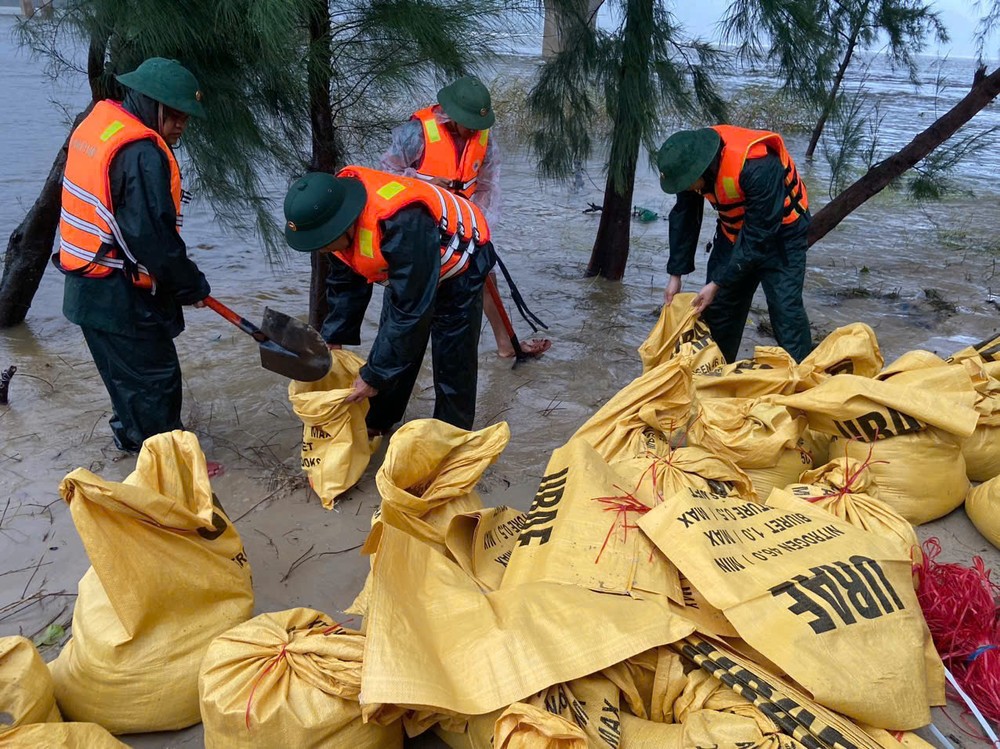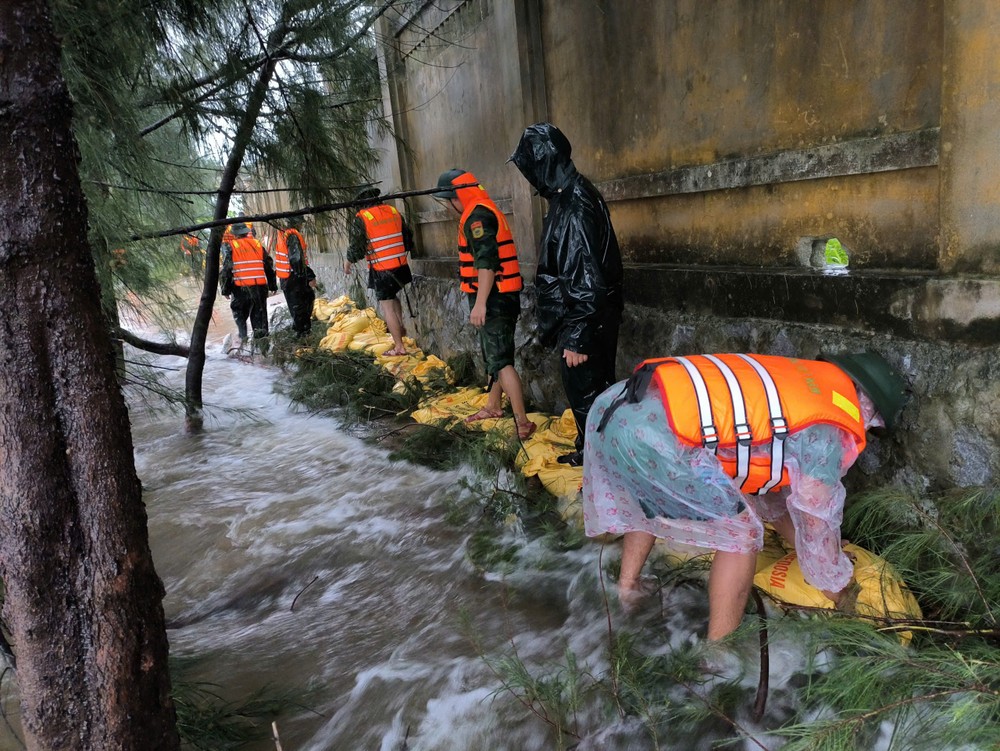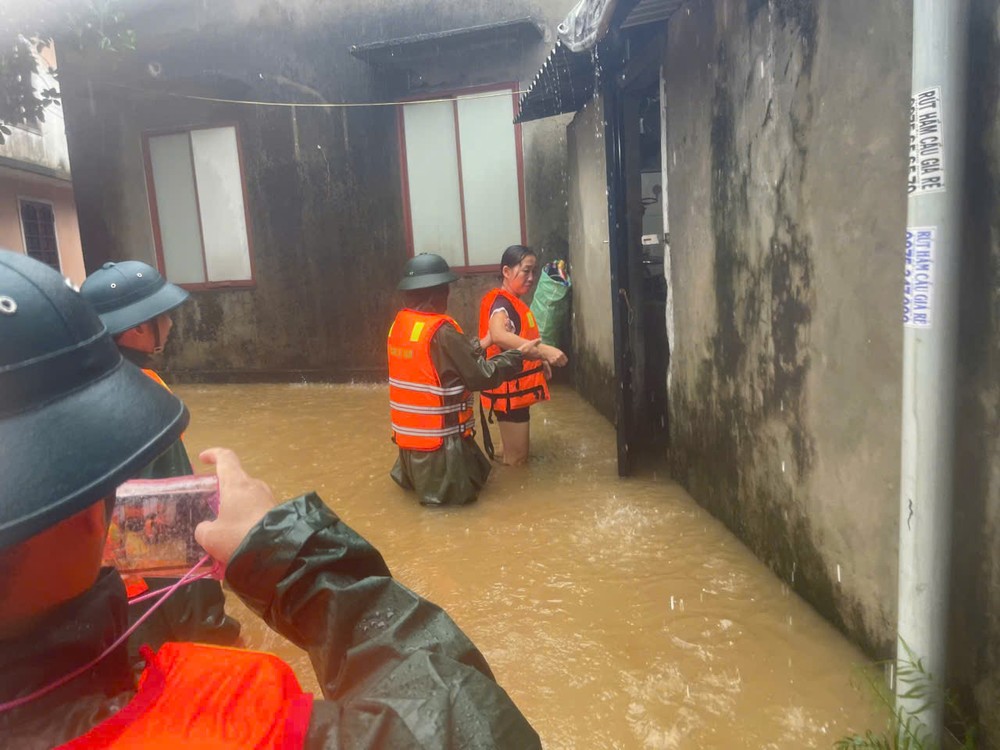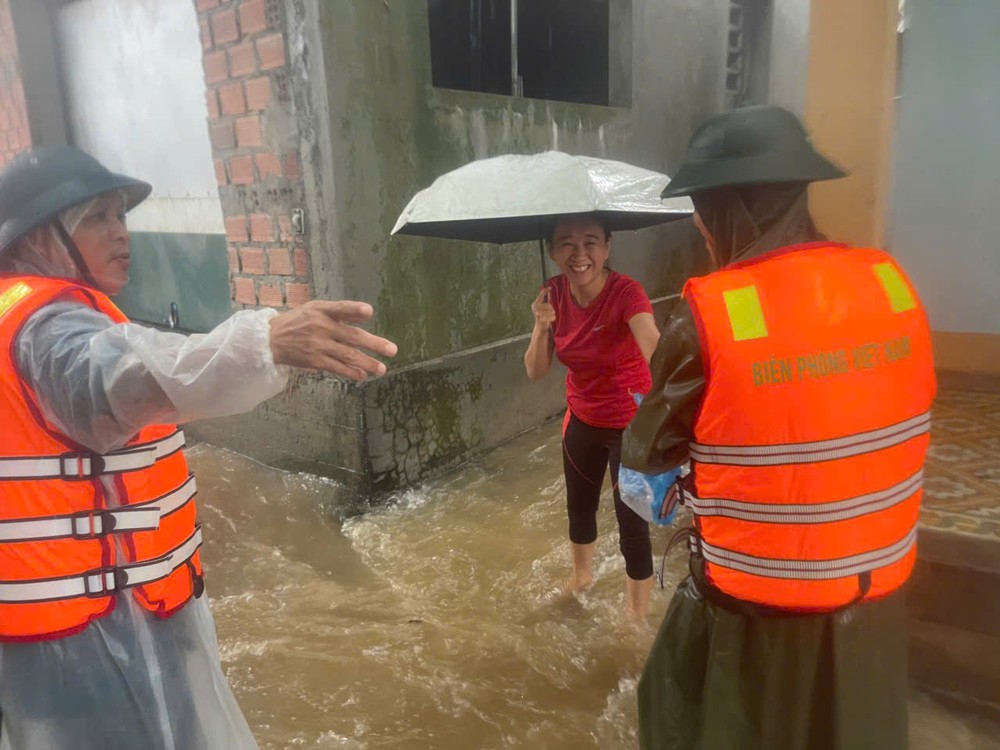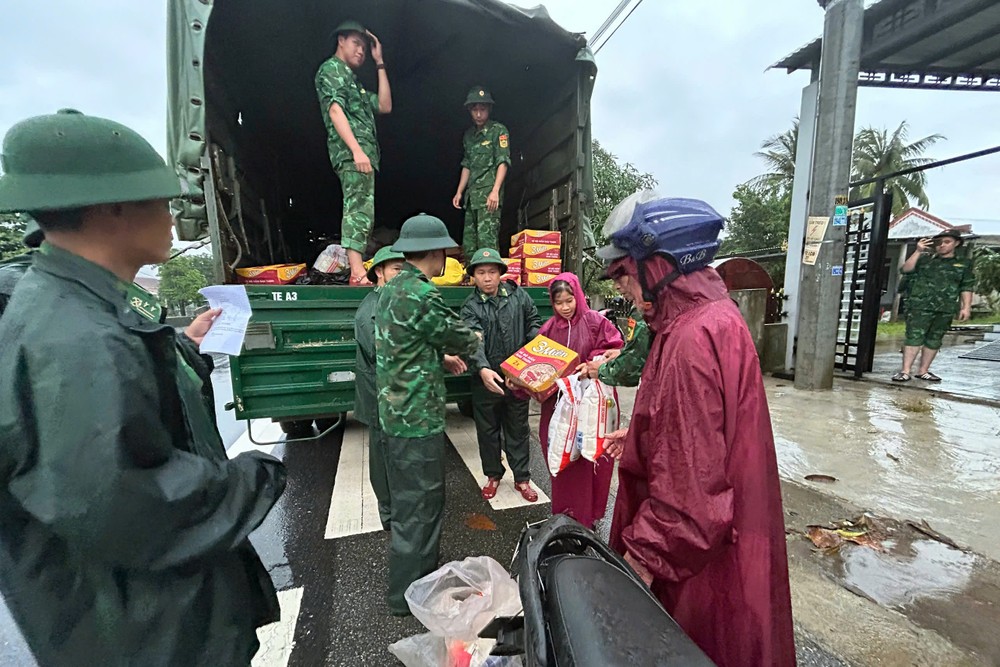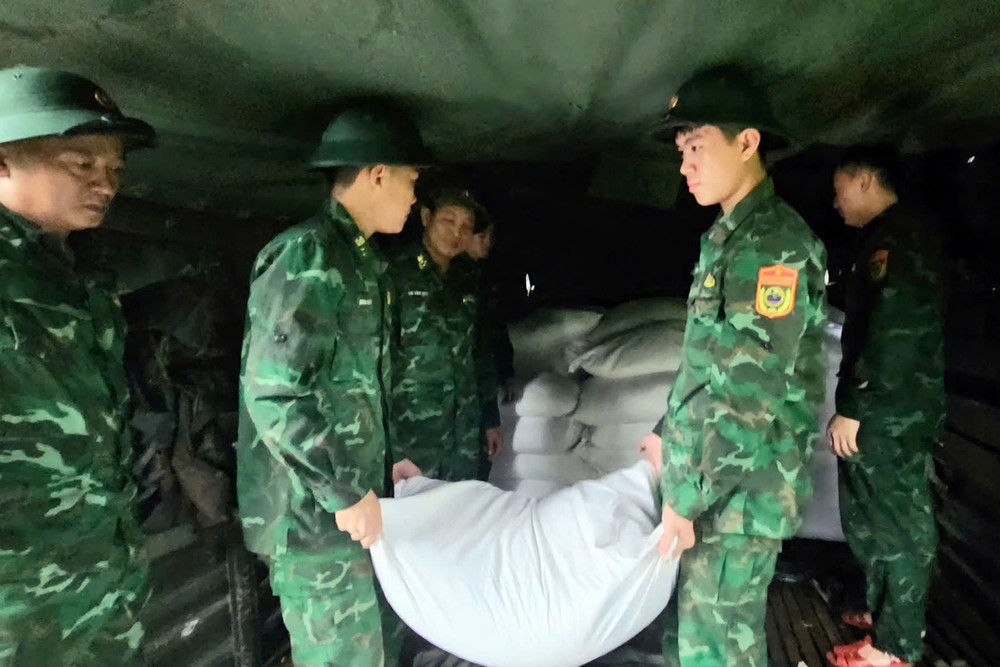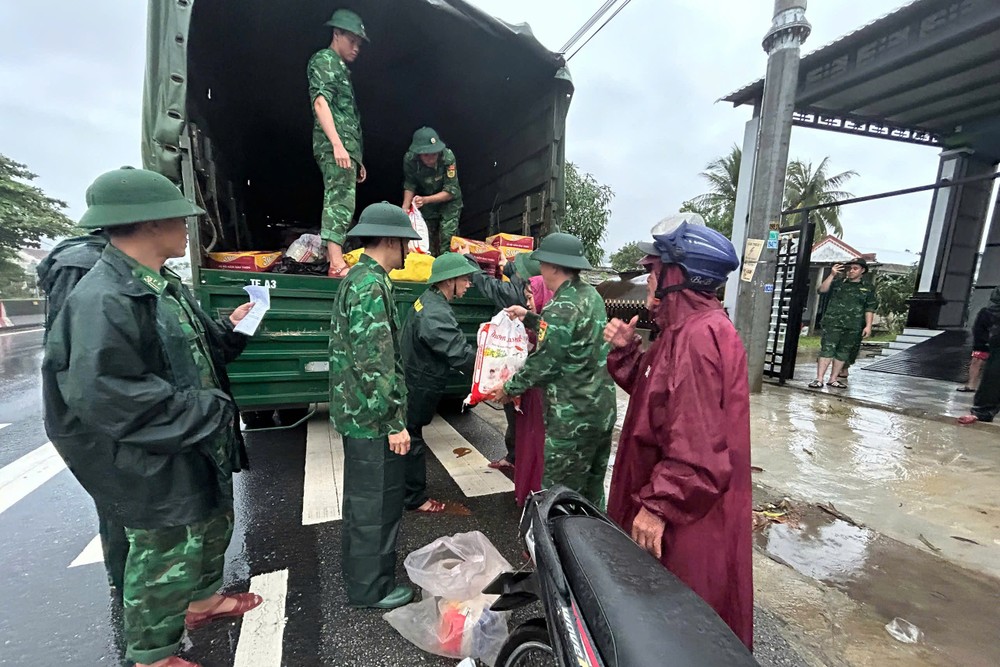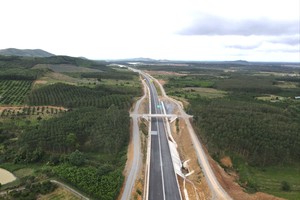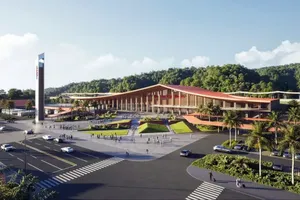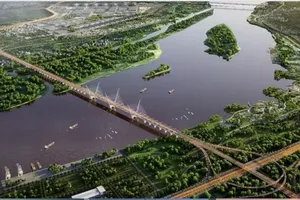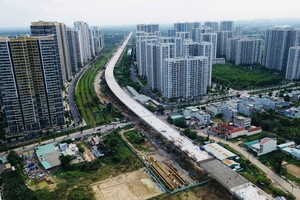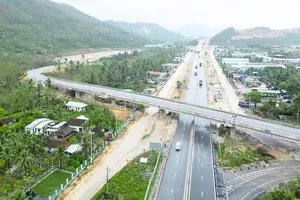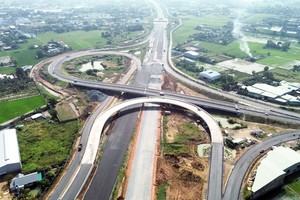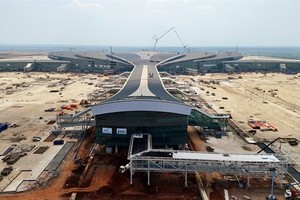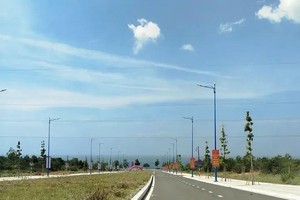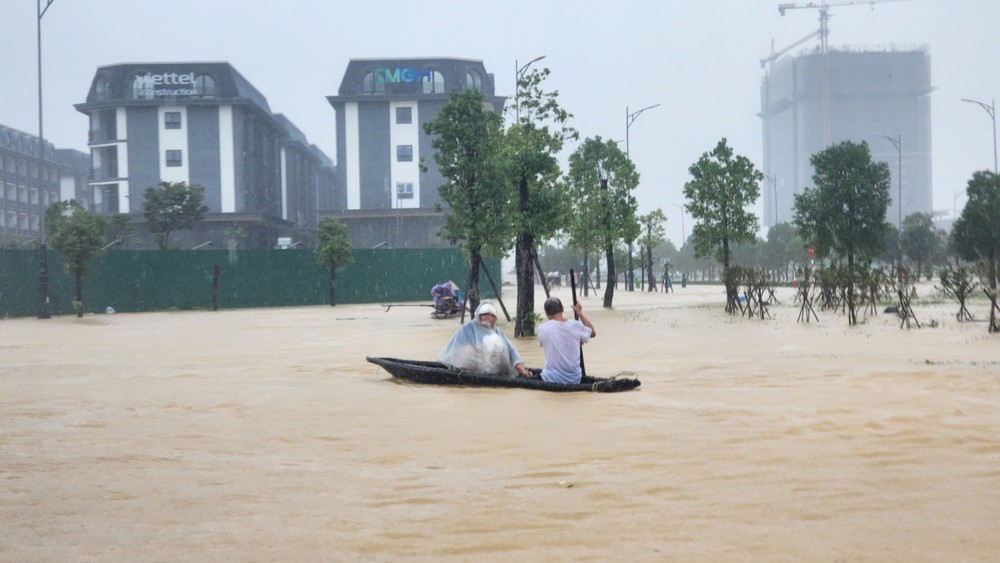
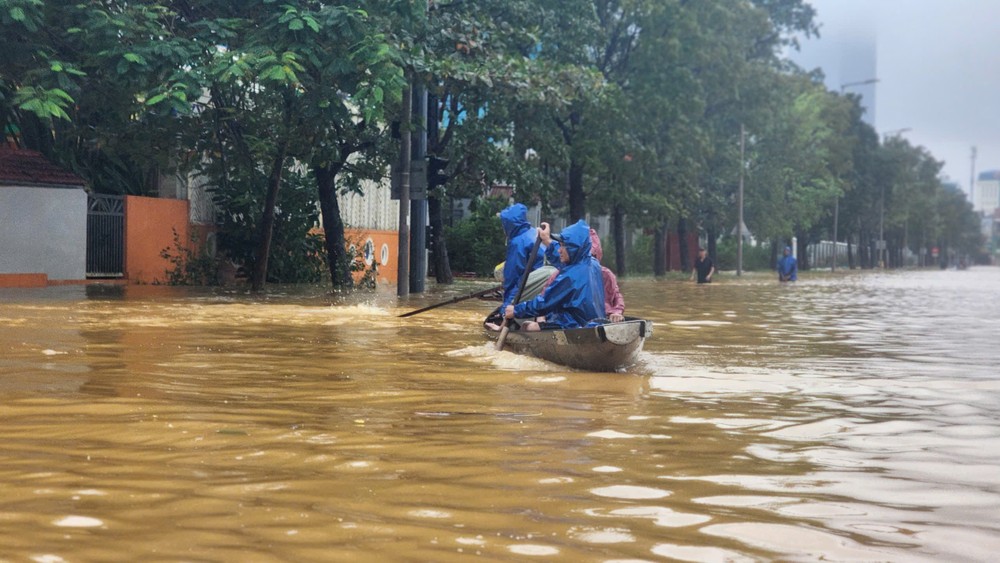
Currently, 32 wards and communes in Hue City remain deeply inundated, with average flood depths ranging from one to two meters, and even deeper in some areas. Sections of National Highway 1 passing through Phu Loc Commune and Huong Tra Ward are still submerged by 10–20 centimeters of water, while those through Phu Xuan and Thuan Hoa wards remain under 30–80 centimeters. Traffic has been rerouted via the Hue Bypass.
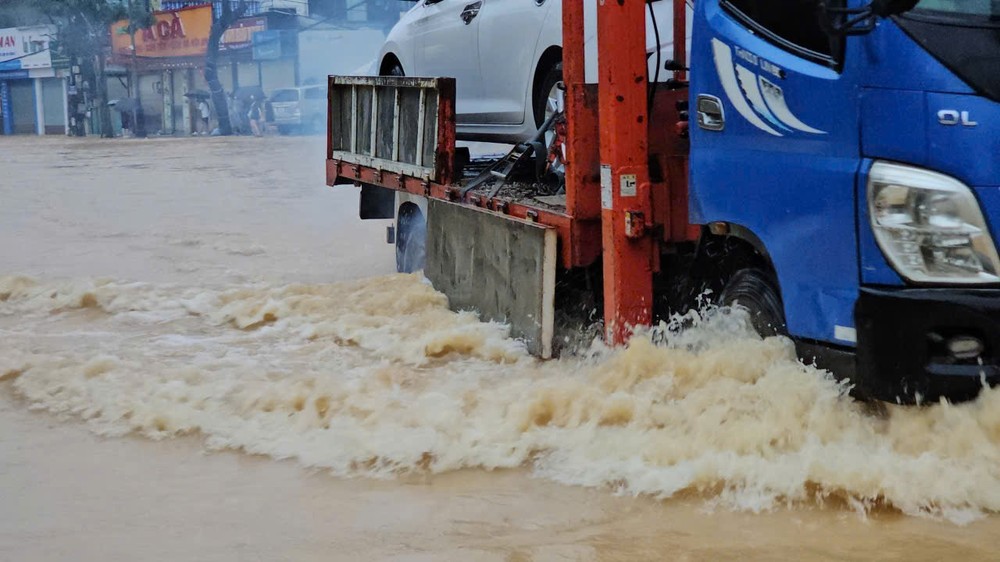
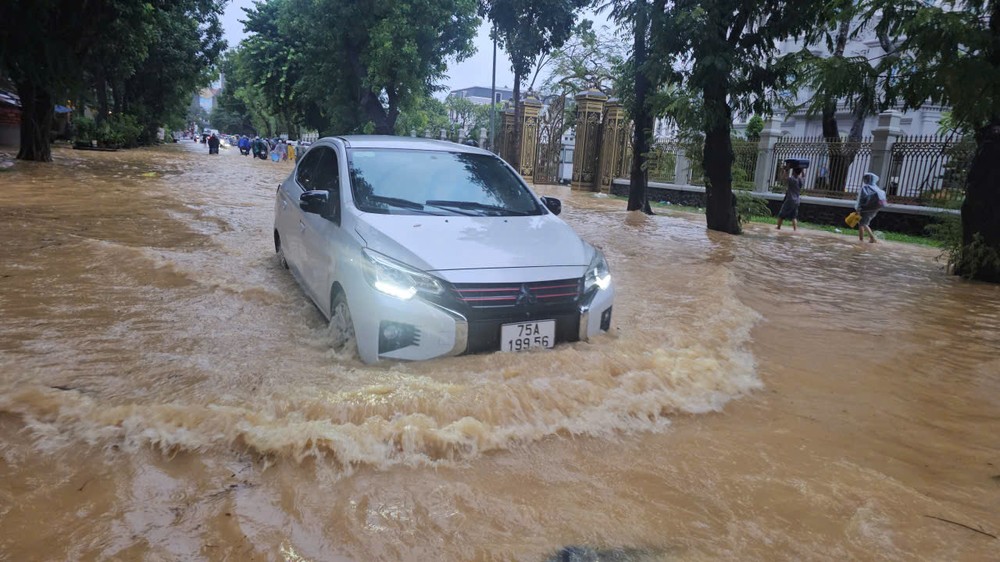
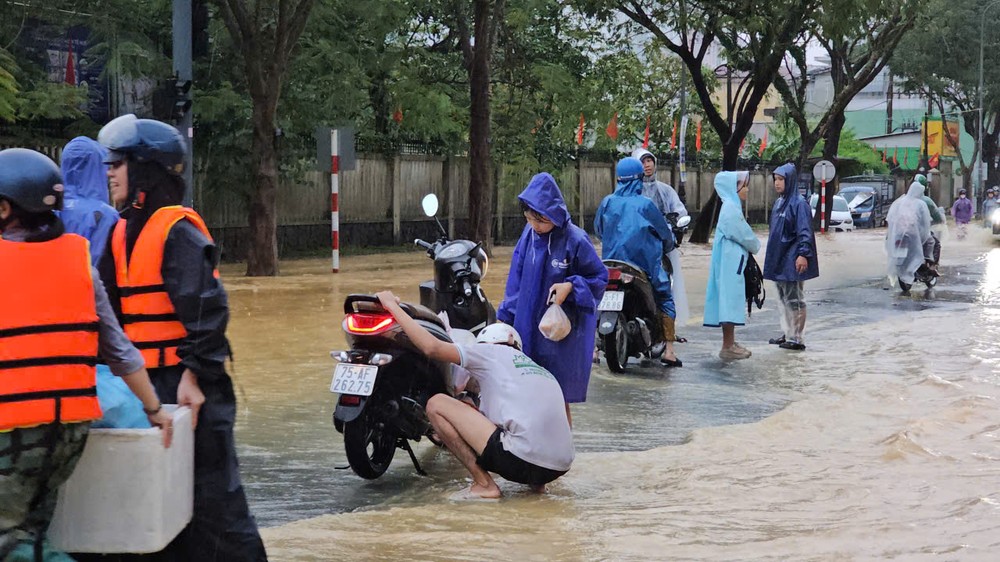
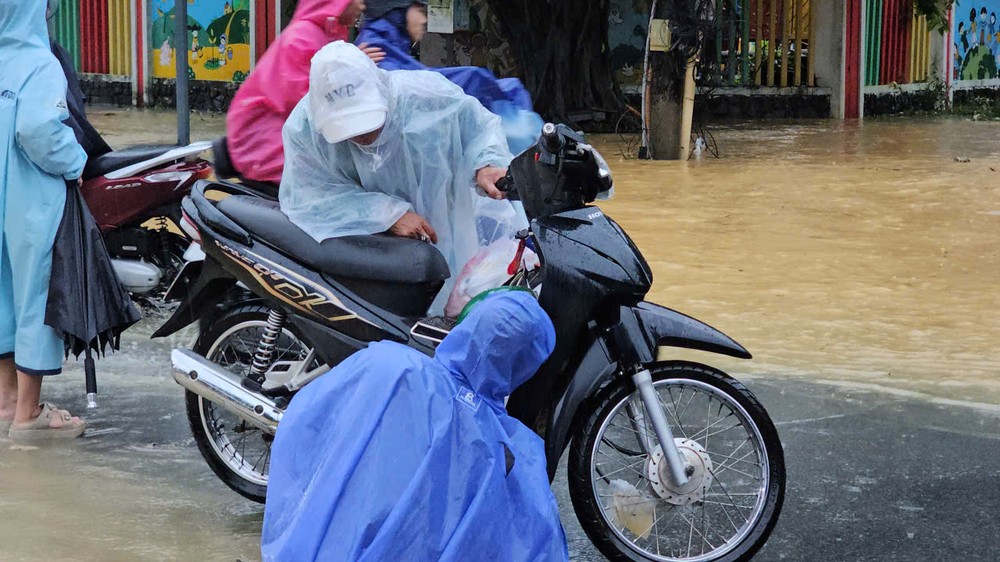
More than 44,507 houses across the city are flooded, with water depths from 0.5 to 0.9 meters, and up to two meters in certain places. The most heavily affected localities include Quang Dien Commune and Hoa Chau Ward.
Mr. Phan Thien Dinh, Chairman of the Hue City People’s Committee, issued an urgent directive to strengthen measures for drowning prevention and ensure the safety of residents and their property on the morning of October 30. The notice warned that in the coming days, rainfall and flooding in the area are expected to remain complicated, with water levels on rivers staying high and currents in many places becoming unusually strong.
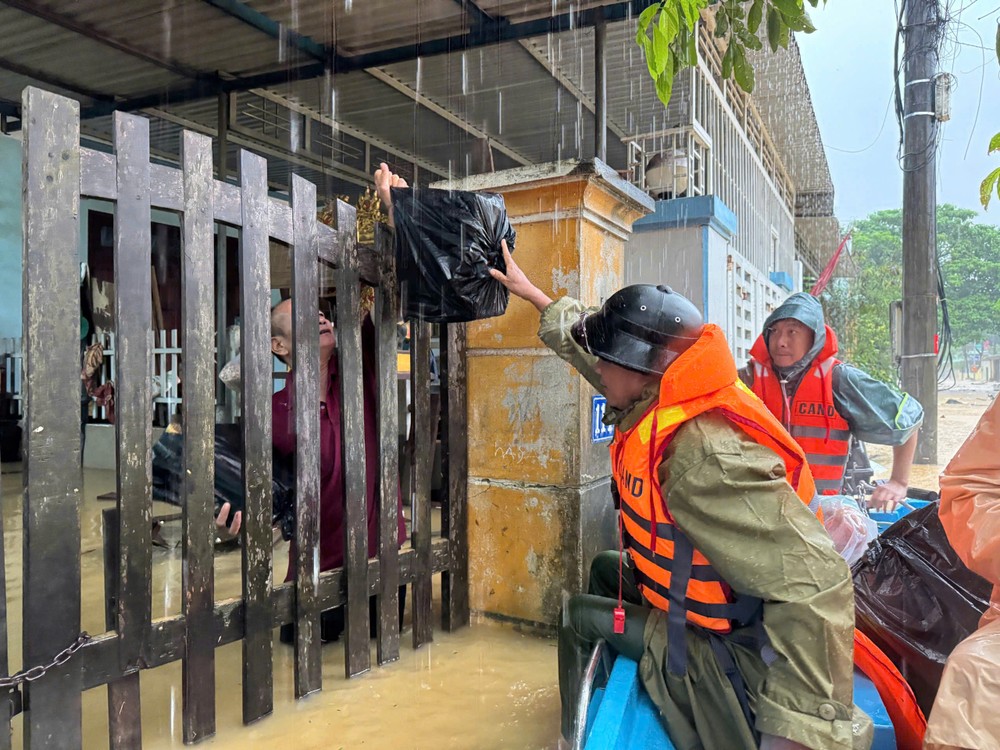
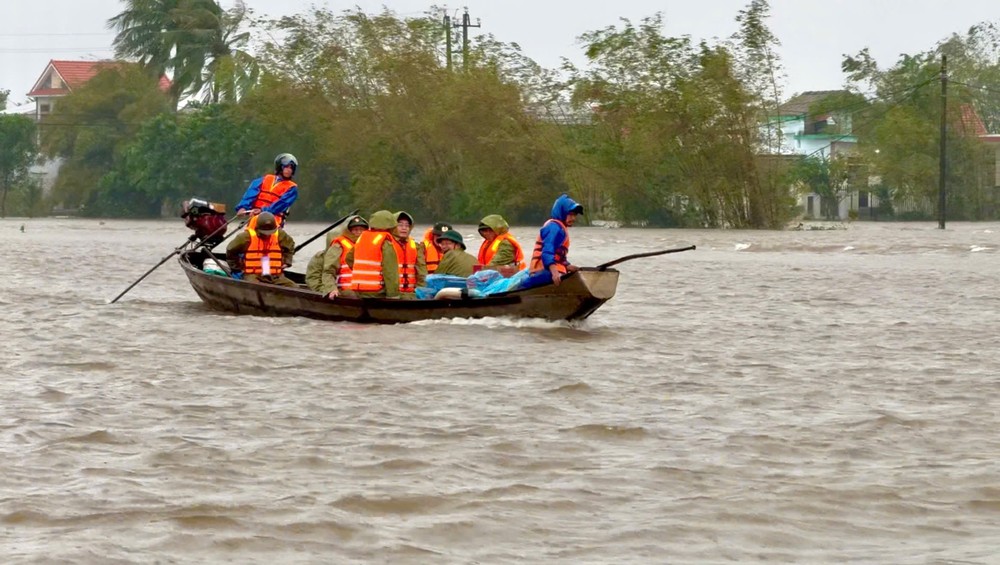
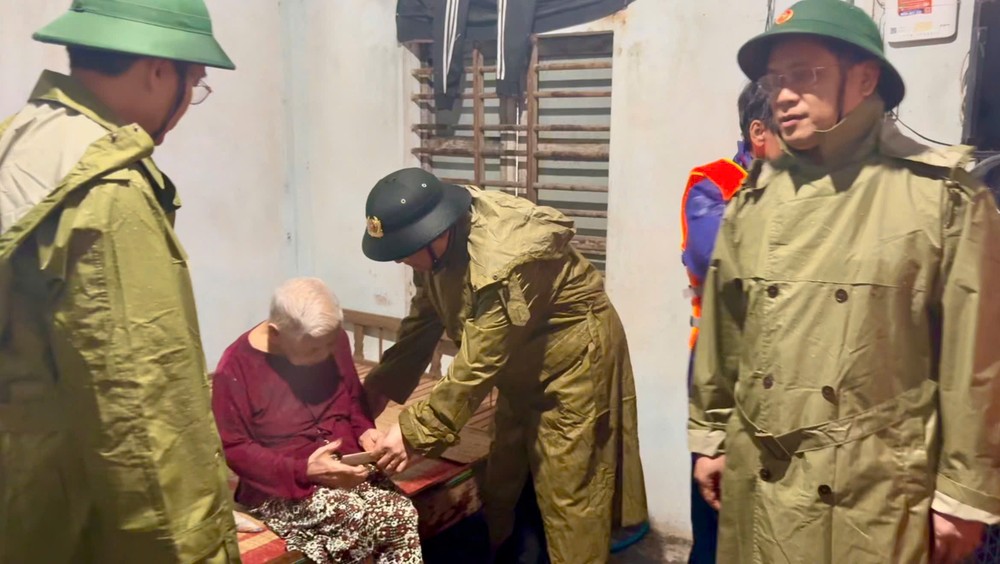
To minimize drowning incidents and related injuries, the Chairman instructed local authorities to continue erecting barriers and maintaining watch at sites with fast-flowing water, deeply flooded areas, and locations prone to landslides after the floods, emphasizing that commune and ward leaders would be held fully accountable before the Chairman of the People’s Committee and the law for any negligence resulting in loss of life or property. The city police were directed to deploy forces to set up barricades and warning signs to ensure public safety and to strictly prohibit all floating vessels and private vehicles from traveling through flooded roads, rivers, lakes, or canals that are unsafe or lack lifesaving equipment such as life jackets, lifebuoys, or flotation devices.
The Department of Education and Training and Hue University were tasked with instructing schools and educational institutions to intensify public awareness campaigns and provide training on drowning prevention, while coordinating closely with parents to safeguard students before, during, and after floods.
Managers of irrigation and hydropower reservoirs were ordered to install danger signs and barriers at hazardous areas, enhance supervision, and strictly prohibit the use of unsafe makeshift rafts, bridges, or boats within reservoir zones. Heads of departments, agencies, and units were urged to rigorously implement the city’s directives on drowning and injury prevention, ensure the safety of their personnel, and bear full responsibility before the Chairman of the Hue People’s Committee for any violations or negligence.
